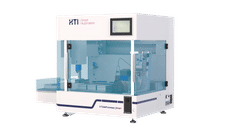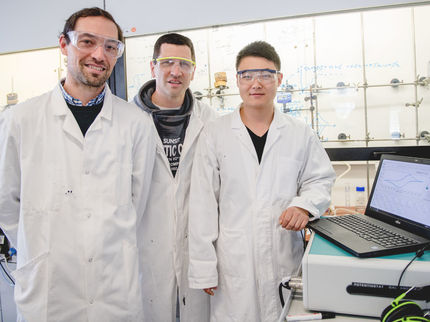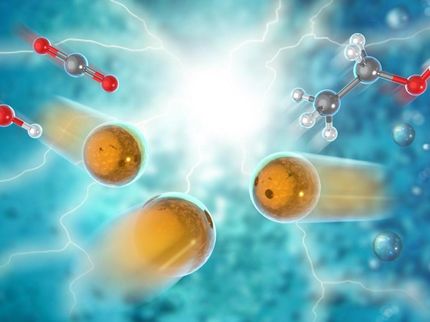Waste chip fat fuels hydrogen economy
Don't pour that dirty fat from the frier down the sink – it could be used to make the fuel of the future.
Hydrogen has been tipped as a cleaner, greener alternative to fossil fuels. But scientists have struggled to find a way to make it that doesn't consume vast amounts of energy, use up scarce natural resources, or spew out high levels of greenhouse gas.
Researchers at the University of Leeds have now found an energy-efficient way to make hydrogen out of used vegetable oils discarded by restaurants, takeaways and pubs. Not only does the process generate some of the energy needed to make the hydrogen gas itself, it is also essentially carbon-neutral.
"We are working towards a vision of the hydrogen economy," said Dr Valerie Dupont, who is leading the Leeds-based project. "Hydrogen –based fuel could potentially be used to run our cars or even drive larger scale power plants, generating the electricity we need to light our buildings, run our kettles and fridges, and power our computers. But hydrogen does not occur naturally, it has to be made. With this process, we can do that in a sustainable way by recycling waste materials, such as used cooking oil."
Hydrogen can already be made quite easily from simple fossil fuels, such as natural gas. The fuel is mixed with steam in the presence of a metal catalyst then heated to above 800 degrees centigrade to form hydrogen and carbon dioxide.
However when much more complex fuels are used, such as waste vegetable oil, it is difficult to make very much hydrogen using this method without raising the temperature even further. The reactions could be run at lower temperatures but the catalysts would quickly become poisoned by residues left over from the dirty oil. In short, the process is not only expensive but also environmentally unsound.
Dr Dupont and colleagues have perfected a two-stage process that is essentially self-heating. To begin, the nickel catalyst is blasted with air to form nickel oxide – an 'exothermic' process that can raise the starting temperature of 650 degrees by another 200 degrees. The fuel and steam mixture then reacts with the hot nickel oxide to make hydrogen and carbon dioxide.
The researchers also added a special 'sorbent' material to trap all the carbon dioxide produced, leaving them with pure hydrogen gas. This trick eliminated the greenhouse gas emissions and also forced the reaction to keep running, increasing the amount of hydrogen made.
"The hydrogen starts to be made almost straight away, you don't have to wait for all of the catalyst to be turned into pure nickel," Dr Dupont said. "So as well as the generation of heat, this is another way that makes the process very efficient."
The researchers have shown that the two-stage process works well in a small, test reactor. They now want to scale-up the trials and make larger volumes of hydrogen gas over longer periods of time.
"The beauty of this technology is that it can be operated at any scale. It is just as suitable for use at a filling station as at a small power plant," Dr Dupont said. "If we could create more of our electricity locally using hydrogen-powered fuel cells, then we could cut the amount of energy lost during transmission down power lines."
Details of the work will be published in the journal Bioresource Technology.
Most read news
Topics
Organizations
Other news from the department science
These products might interest you

X-TubeProcessor_Smart by HTI Automation
The smart solution for filling and labeling your HPLC, cryo and micro tubes
From opening to closing. Free your laboratory from monotonous work

Precision balances by Ohaus
High-performance precision balances for everyday use in laboratories & industry
From milligram-accurate measurement of small samples to routine weighing in the kilogram range

Get the chemical industry in your inbox
By submitting this form you agree that LUMITOS AG will send you the newsletter(s) selected above by email. Your data will not be passed on to third parties. Your data will be stored and processed in accordance with our data protection regulations. LUMITOS may contact you by email for the purpose of advertising or market and opinion surveys. You can revoke your consent at any time without giving reasons to LUMITOS AG, Ernst-Augustin-Str. 2, 12489 Berlin, Germany or by e-mail at revoke@lumitos.com with effect for the future. In addition, each email contains a link to unsubscribe from the corresponding newsletter.


























































